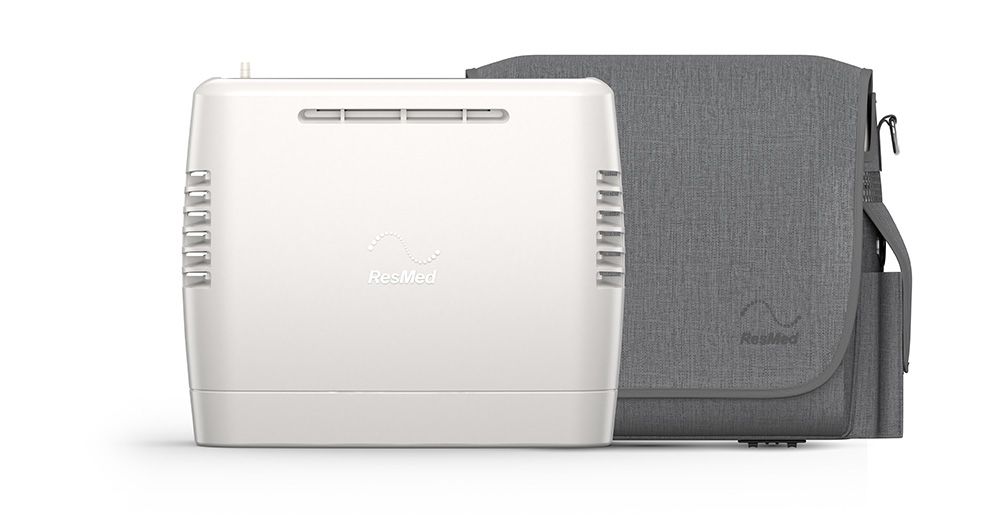ResMed exits POC market

By Liz Beaulieu, Editor
Updated 1:24 PM CST, Fri January 8, 2021

SAN DIEGO – ResMed has ended its three-year foray into the portable oxygen concentrator market due to “market conditions.”
The company says payers and HME providers are relying less on POCs for Stage 2 and Stage 3 COPD patients, dampening demand for the devices.
“ResMed has determined that it can successfully execute its respiratory care strategy and provide the most benefits to patients, HMEs, clinicians and all other stakeholders by reinvesting its POC resources in developing our existing portfolio of digital health solutions and high-value connected devices for patients across the COPD continuum, as well as those with sleep apnea and other chronic diseases,” said Jayme Rubenstein, a public relations director at ResMed.
ResMed introduced its Mobi POC in 2018 – the result of a collaboration between the company and Austin, Texas-based Inova Labs, which it acquired in 2016 – and made it widely available in the U.S. in early 2019.
ResMed’s exit was also due to “the results of our direct-to-consumer trial efforts,” Rubenstein said. The company launched a pilot program in 2019 to sell its POCs under the name Oxyensure directly to cash-paying customers.
ResMed notified providers by letter of its exit and stopped selling POCs after Nov. 19. The company will continue to service POCs through Nov. 30, 2025, according to Rubenstein.
ResMed still has a large stake in the home oxygen therapy market, however, with two non-invasive ventilators, the AirCurve10 and Stella, and a non-invasive life support platform, the Astral. It also owns Propeller Health, a company that provides connected health solutions for people living with COPD and asthma.
“ResMed continues to be a leader in COPD and other respiratory care solutions,” Rubenstein said.
Providers blame a saturated market for POCs, with little in the way of differentiation between devices, for ResMed’s exit.
“All the manufacturers have basically maxed out the existing technology of pressure swing absorption,” said Woody O’Neal, vice president of O2 Neal Medical in Alabama. “Until there is a breakthrough in battery technology or sieve material, any manufacturer that enters the POC space has to have a very reliable offering and market it heavily.”
There’s also the issue of the generally slow adoption of POCs by providers who have too much capital tied up in more traditional modalities of oxygen therapy. Medicare spending on E1392 has grown only gradually over the past five years: $39.9 million 2019, $33.8 million in 2018, $26.5 million in 2017, $25.4 million in 2016, and $25.9 million in 2015, according to the HME Databank.
“What do you say to the provider with 500 tanks in their warehouse?” said Todd Usher, co-founder of Home Oxygen Co.in California. “We started with POCs from the ground up – they’re really a startup model.”
Comments